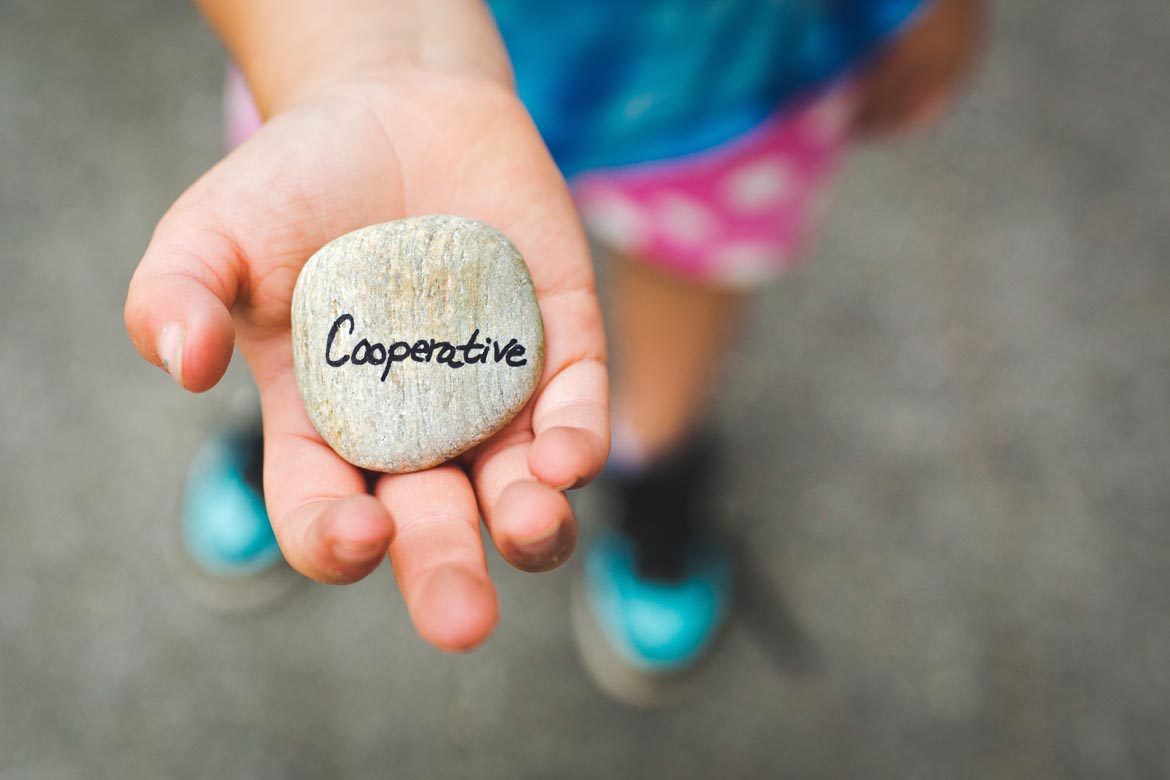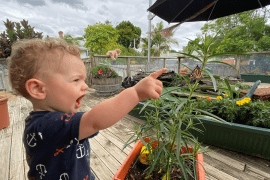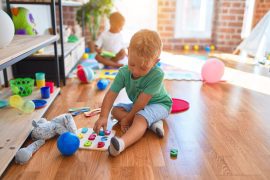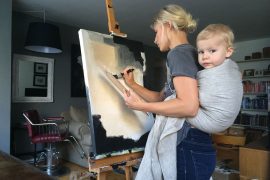By Daniel Morrison
One of the more stressful questions for many parents today is ‘What age should my child start school?’ Will holding them back give them an advantage? Or will the kids who start early have a better chance to adjust and learn?
There is no clearly-defined age for when children should start school in Australia. As long as they’re in by age 6 you’re fine. It would be easier if everyone was born on the same day, and we could all move forward together. But we all know romance is spontaneous and discussions about when to start school rarely take place before you find yourself painting the nursery.
The accepted practice of lumping children from a continuous time-line into a single year didn’t feel right to me. Waiting lists can be long, all of a sudden it’s decision time, and it’s hard to know what’s best at such an early age.
I found that one school of thought suggests that being older can give them an edge when it comes to physical or emotional maturity. Another suggests that they’re better off being younger than the rest, to avoid under-stimulation and allow plenty of time to develop essential skills such as listening and concentration.
In researching the options for my two new little family members, I discovered a way to avoid having to make this decision altogether. The solution is a Montessori classroom – carefully calibrated to include boys and girls of multiple ages. A stage-one class has children between the ages of three to six. It’s not a composite class created due to lack of numbers, but a very deliberate structure entirely focused on the needs and development of children between the ages of three to six. A school will often have multiple classes in stages one (3-6), two (6-9) and three (9-12).
We’re a year in now and I couldn’t be happier with the decision. Leo is nearly four and the more I see the more I love. There is a wonderful fluidity in a Montessori classroom, allowing for the sharing of experiences between kids over a wider range of ages. Peers are perhaps the most powerful educators. One of the most effective methods of learning is, in fact, teaching. By sharing knowledge and experience with others, it is reinforced within ourselves, and gives us a deeper understanding in the process. These little people are not only learning to learn, they’re also learning to teach. To explain. To listen. To lead.
It’s a co-operative system where children learn alongside each other at their own level regardless of their age.
A three-year-old can choose to spend time beading and threading, developing the fine motor skills required to hold a pencil. At the same time, in the same classroom, a five-year-old is writing a story. It’s a co-operative system where children learn alongside each other at their own level regardless of their age. When a five-year-old turns six, they move on to stage two and it’s their turn to be the little one again and learn from older classmates. Regardless of their month of birth, at six years of age, each student graduates to stage two and continues on at their own level. Development is not restricted by the calendar or the teacher or the cohort. In fact, academic and social development is a natural by-product of this carefully curated environment.
There’s no question of being left behind or being under-stimulated because there’s no pressure on educators to forge ahead in order to meet the demands of an inflexible curriculum. A deep relationship is forged between students and educators over the three-year-period with teachers having a very detailed understanding of each student’s capabilities and interests.











